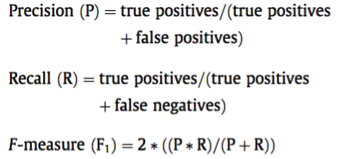Download the training, validation, test and background sets from Zenodo.
The LivingNER corpus has been randomly sampled into three subsets: train, development and test set.
Sample set
The sample set is composed of 5 clinical cases extracted from the training set from four different specialties: COVID, oncology, infectious diseases and tropical medicine.
Download the sample set from Zenodo.
Training set
The training set is composed of 1000 clinical cases from many different specialties: COVID, oncology, infectious diseases, tropical medicine, etc.
Download the training set from Zenodo.
Development set
The training set is composed of 500 clinical cases from many different specialties: COVID, oncology, infectious diseases, tropical medicine, urology, allergology, etc.
Download the validation set from Zenodo.
Test set
The test set is composed of clinical cases from many different specialties. It is released WITHOUT ANNOTATIONS. The goal of the task is to generate automatic annotations for the test set documents.
The test set is released together with a large collection of clinical case reports (background set), to avoid manual annotations.
Download the test+background set from Zenodo.



